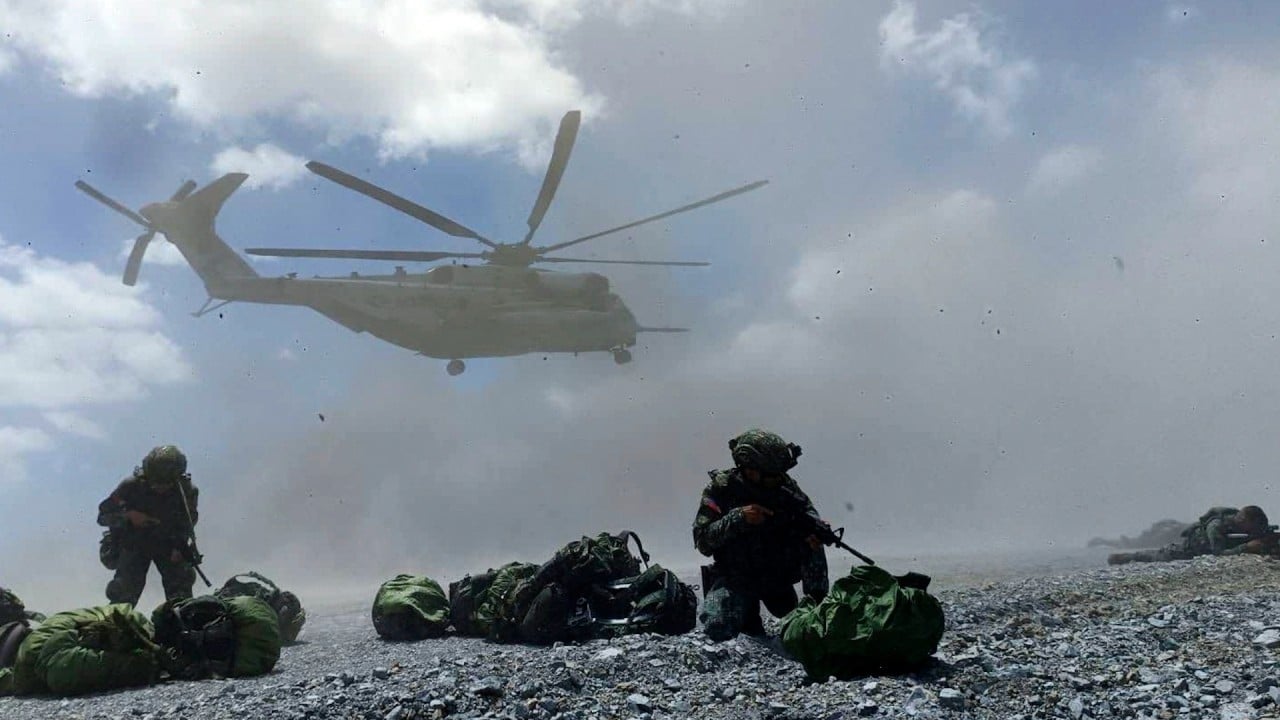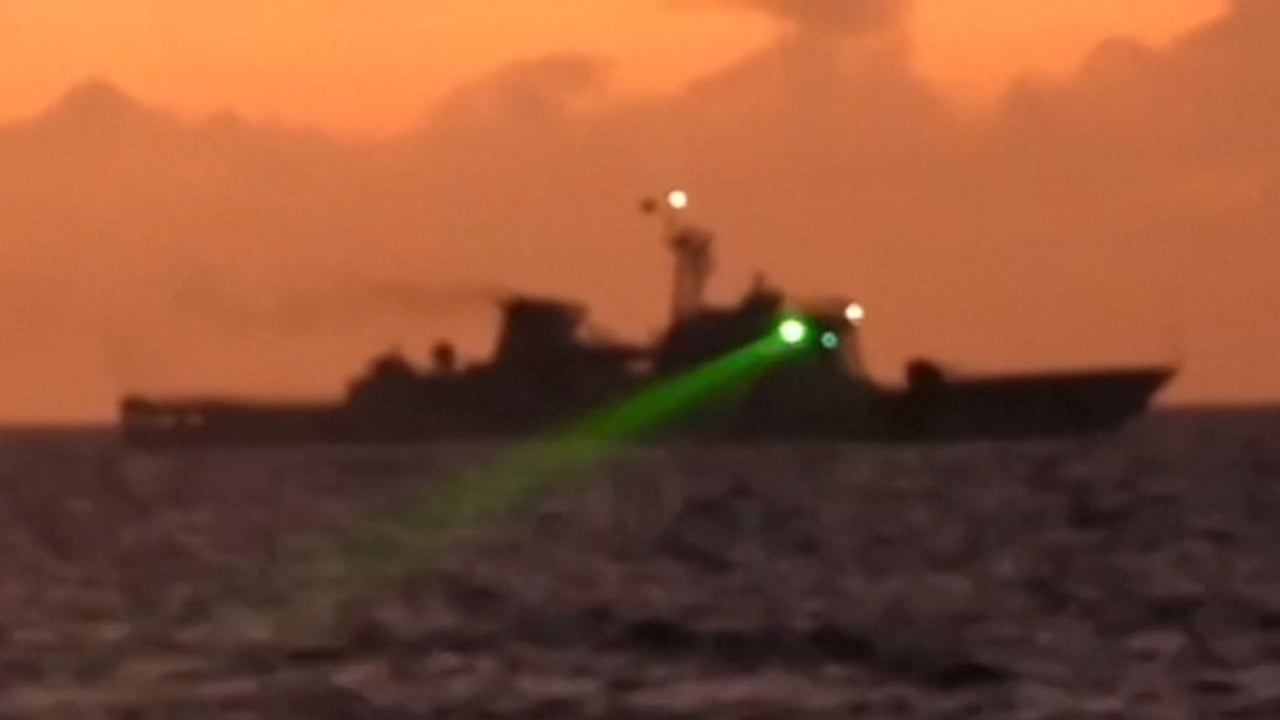“Many expected Marcos to shift back towards the Philippines’ traditional close ties with the US,” said Gregory Poling, director of the Southeast Asia Programme at the Centre for Strategic and International Studies, a Washington DC think tank. “But he has gone much farther, undertaking a generational modernisation of the alliance to defend against Chinese aggression.”
Marcos’ outspoken pushback on China, highlighted by his efforts to publicise confrontations between the two countries in the South China Sea, has turned him into somewhat of a star among the US and its allies.
“I can feel it in DC, you know,” Romualdez said, where he is based. “He’s really the most sought after leader now, worldwide and in the United States,” the envoy said.
Biden’s phone call to Marcos in May 2022 was soon followed by high-profile visits from the US secretaries of state and defence, as his administration made it a priority to revive long-standing alliances in a bid to compete with China. Biden met Marcos on the sidelines of the UN General Assembly in September of that year, and two months later his vice-president was in Manila.
Duterte had largely ignored a 2016 ruling by a UN-backed tribunal that had declared China’s expansive claims illegal, aiming instead for better relations with Beijing – a position Marcos appeared to back on the campaign trail.
But Marcos shifted course once in office, repeatedly citing the 2016 ruling and putting the blame on Beijing for boosting tensions. China claims much of the South China Sea for itself, has built military facilities over reclaimed disputed areas and has conducted large military exercises near Taiwan.
“We have not instigated any kind of conflict. We have not instigated any kind of confrontation,” Marcos said in March. Since the threat from China has grown, he said, “we must do more to defend our territory.”
But everything changed a few weeks later. During a visit by Defence Secretary Lloyd Austin, the Pentagon announced it had secured access to four additional bases in the Philippines, reinvigorating their decades-old military ties.
“It was seen by Beijing as positioning the US to interfere in the Taiwan contingency because of the location,” said Ngeow Chow Bing, director of the Institute of China Studies at the University of Malaya. “It was very hard for Beijing to feel that the Marcos government had any good intention.”
Beijing sees Taiwan as part of China to be reunited by force if necessary. While many nations, including the US, do not officially acknowledge Taiwan as an independent state, they oppose any use of force to alter the existing status quo.
China has repeatedly warned the Philippines about involving “external forces” into their dispute, while maintaining that its maritime actions are reasonable and professional.
Manila is hoping to leverage the enhanced military relationship to win more US investment and diversify from China, its top trading partner.
The US recently promised US$1 billion in tech and energy investments, and a deal to boost the Philippines’ role in the nickel supply chain to cut China’s dominance is also under discussion. The US and Japan have also committed to build rails, ports and factors in a so-called “economic corridor” on the Philippines’ main island.
“Our alliance with the United States has become stronger, bolstered by our economic engagements,” Marcos said last month during his fourth trip to the US in two years.
Marcos has sought to use the clashes in the South China Sea to his advantage, inviting media from across the world to view China’s actions. And that strategy is showing some signs of paying off, according to Chong Ja Ian, an associate professor of political science at the National University of Singapore.
“Some of the PRC’s behaviour at sea may have become more careful and restrained as a result of the Philippines’ efforts,” he said, using an acronym for China. “This suggests that amid the friction and intensifying differences, even Beijing wishes to be able to manage escalation and is acting more carefully than it otherwise could.”



